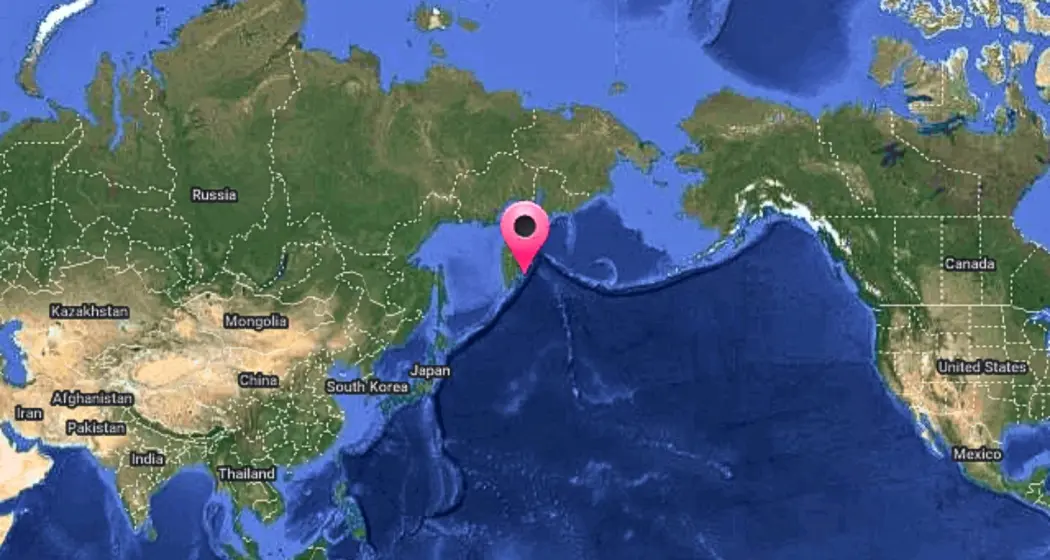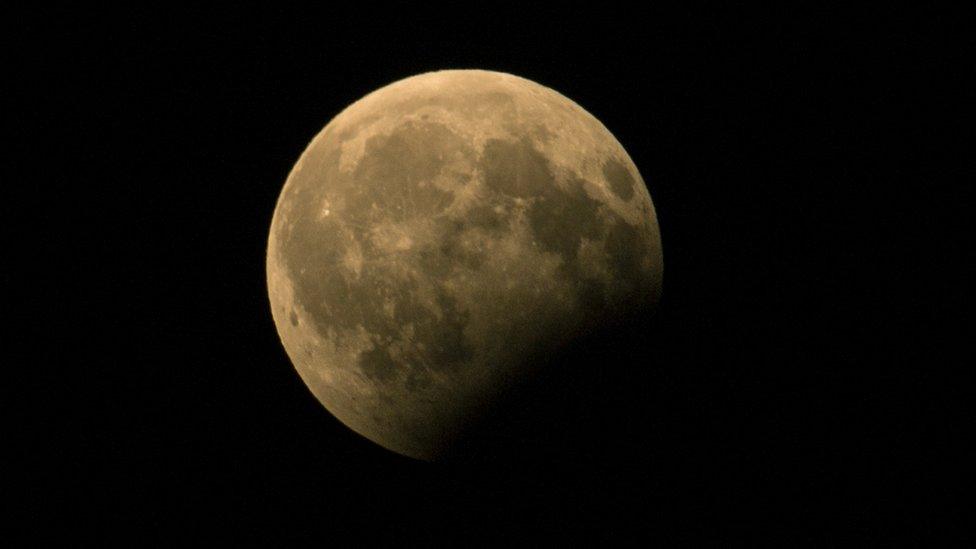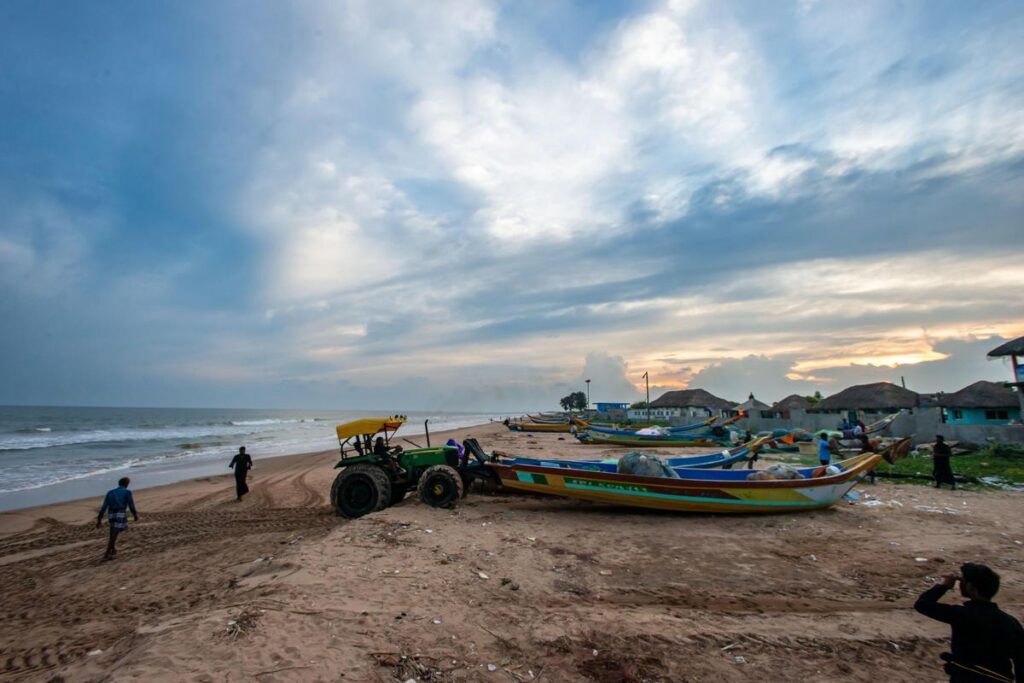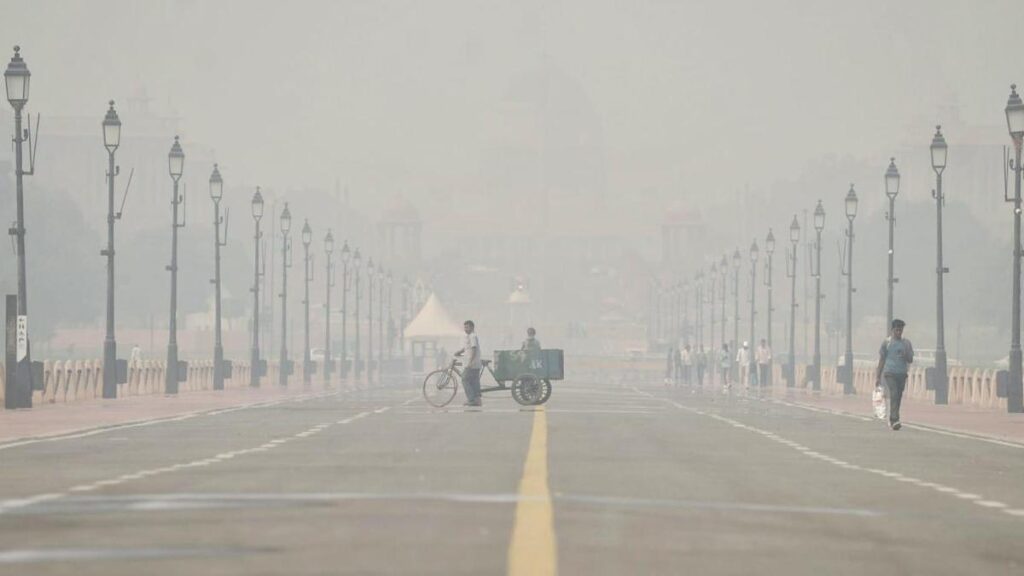Now Reading: Massive 7.5 Magnitude Earthquake Jolts Russia’s Far East, Tsunami Alert Issued Across Pacific
-
01
Massive 7.5 Magnitude Earthquake Jolts Russia’s Far East, Tsunami Alert Issued Across Pacific
Massive 7.5 Magnitude Earthquake Jolts Russia’s Far East, Tsunami Alert Issued Across Pacific

A powerful earthquake struck Russia’s Kamchatka Peninsula early Tuesday, triggering widespread tsunami warnings across parts of the Pacific, including Japan, Hawaii, and the US west coast. While tremors were felt strongly in the region, early reports suggest no major damage or casualties yet. Authorities are closely monitoring the situation as waves ripple outward from the quake’s epicenter.
The earthquake, which hit with a preliminary magnitude of 7.5 (earlier reported as 8.8), was one of the strongest recorded in the area in recent decades. The epicenter was located off the eastern coast of Kamchatka, known for its seismic activity due to its position along the Pacific Ring of Fire.
In response, emergency alerts were activated in Japan and coastal areas of the US. Tsunami sirens were sounded in certain zones, and people were urged to stay away from beaches and low-lying coastal areas. The Pacific Tsunami Warning Center confirmed that waves of less than a meter had reached some parts, but authorities maintained their warnings out of caution.
While Russia’s Kamchatka region is sparsely populated, it houses several military bases and is strategically significant. Local agencies reported aftershocks but no immediate large-scale structural damage. Residents were advised to stay indoors and avoid coastal areas until further instructions were issued.
For Indian readers, particularly in coastal states like Odisha, Andhra Pradesh, and Tamil Nadu, such seismic events across the Pacific are closely tracked by IMD and INCOIS for any potential risk of ripple effects. However, experts say the current event does not pose a direct threat to India’s coastline.
Seismologists are continuing to monitor the area, and officials have stressed the importance of staying alert. Events like this are a reminder of how quickly nature can disrupt normalcy and why emergency preparedness, even in distant zones, matters globally

























